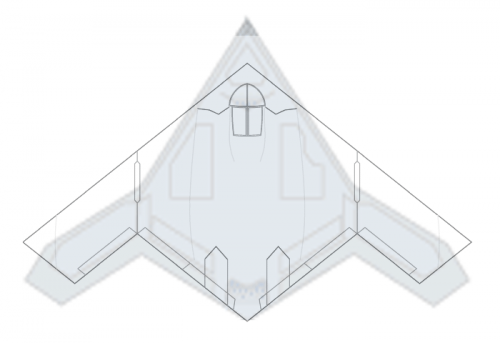- Joined
- 6 August 2007
- Messages
- 3,006
- Reaction score
- 2,258
Abraham Gubler said:But one thing is for sure apart from the stealth experience the Northrop ATA was a much nicer airplane. The design is so good it is basically reused in the X-47B and in the Northrop LRB proposals.
How was it reused?

